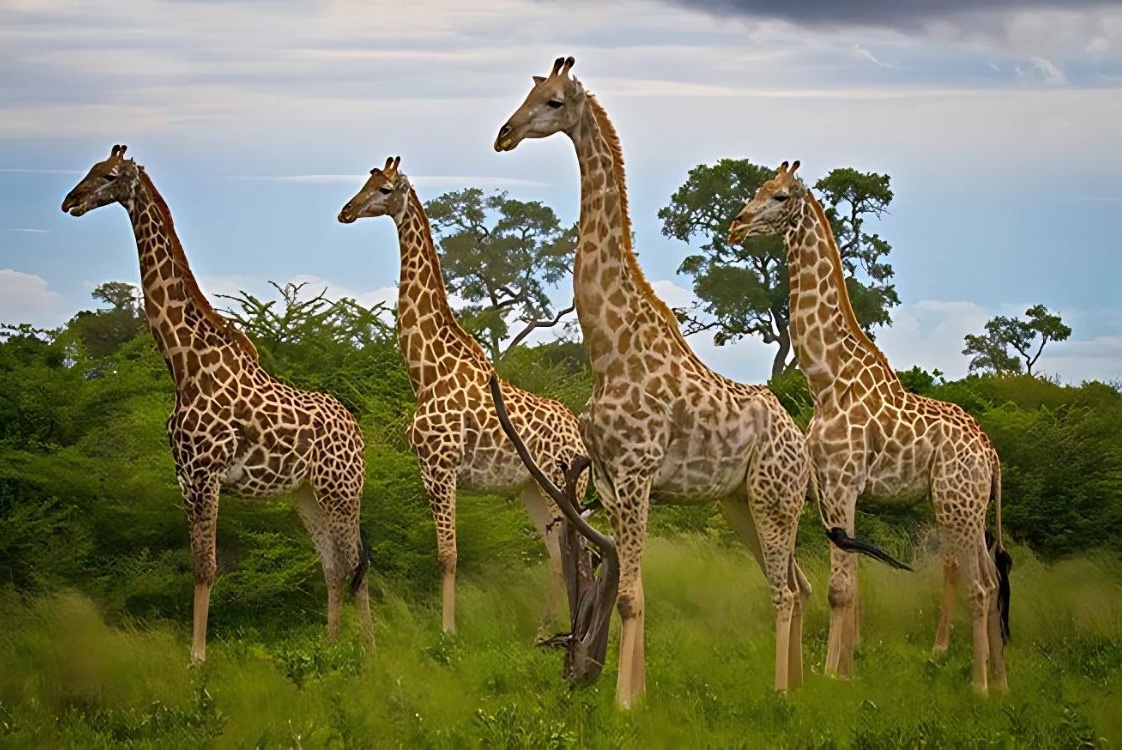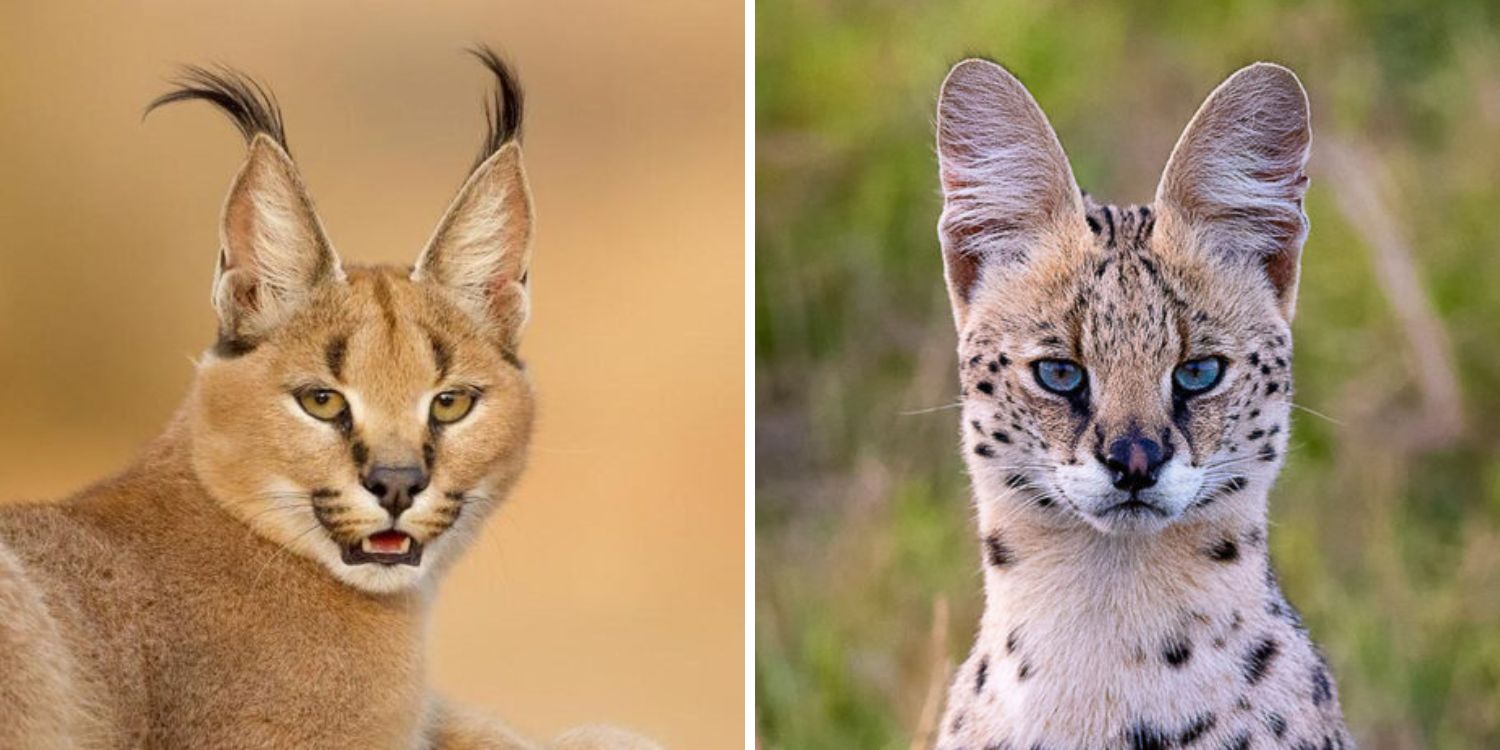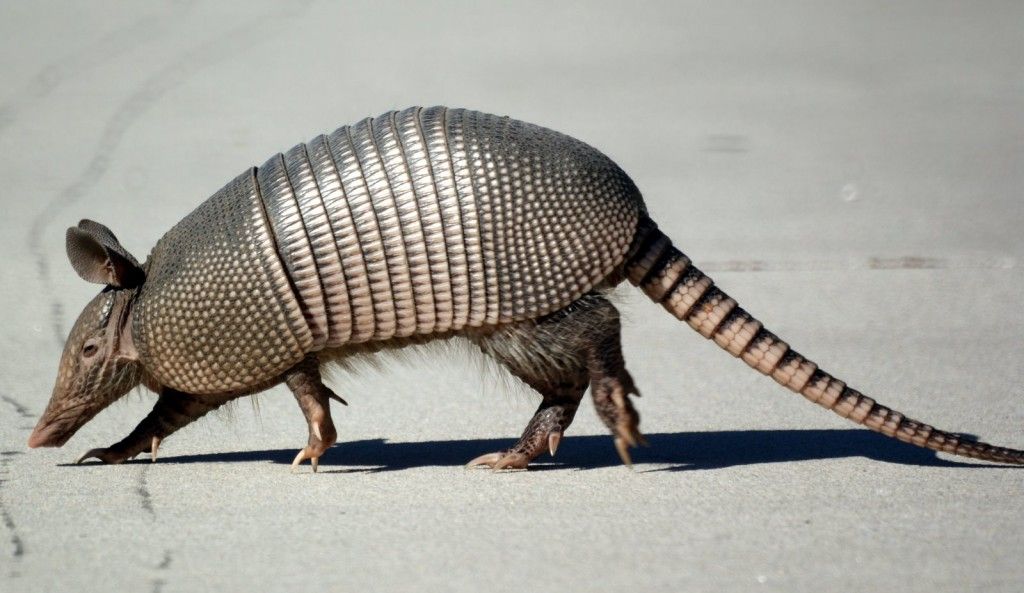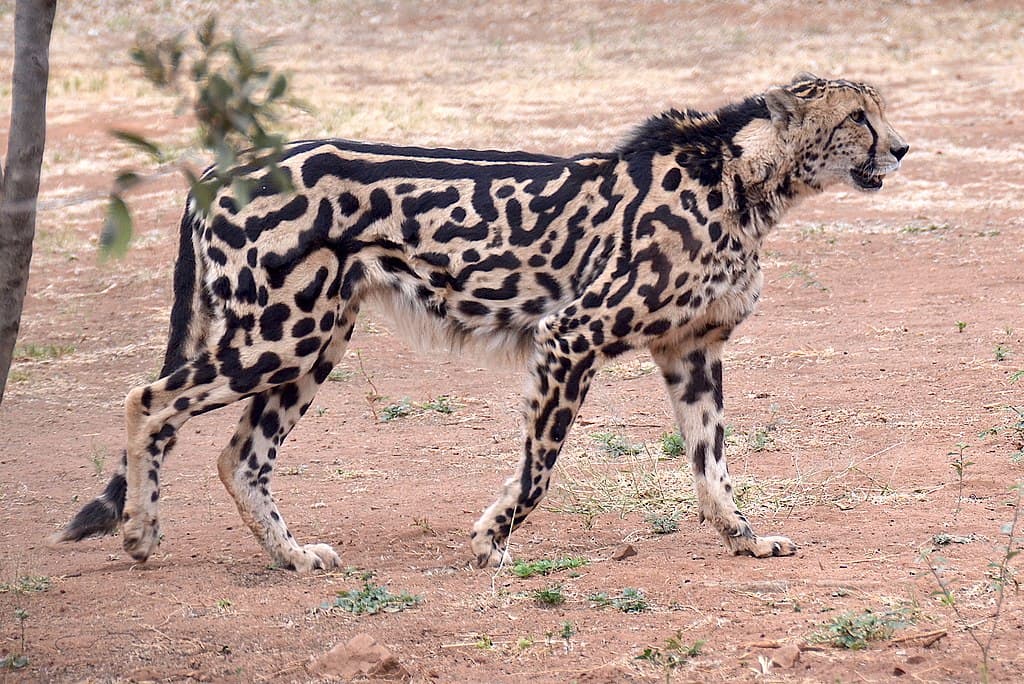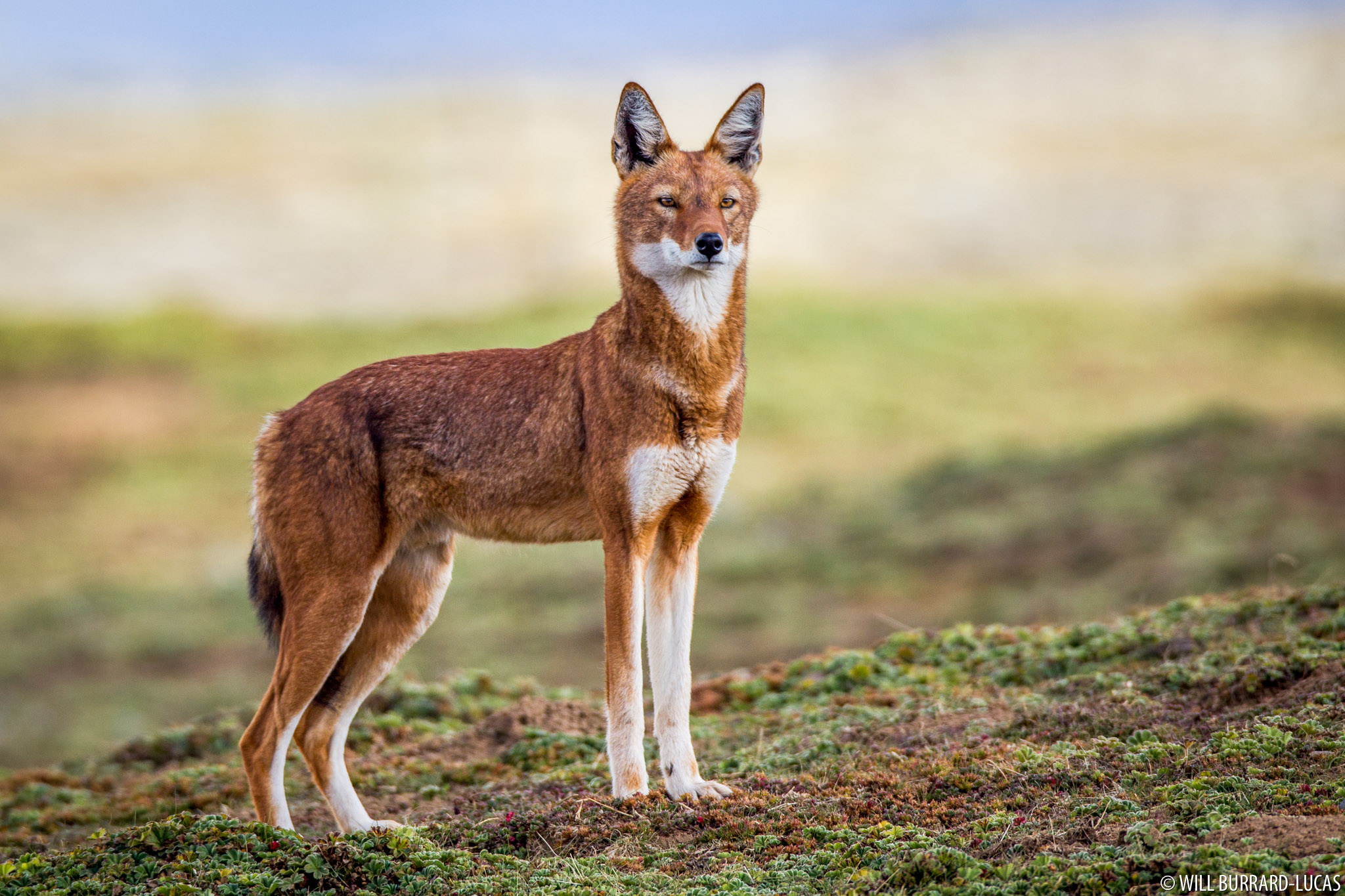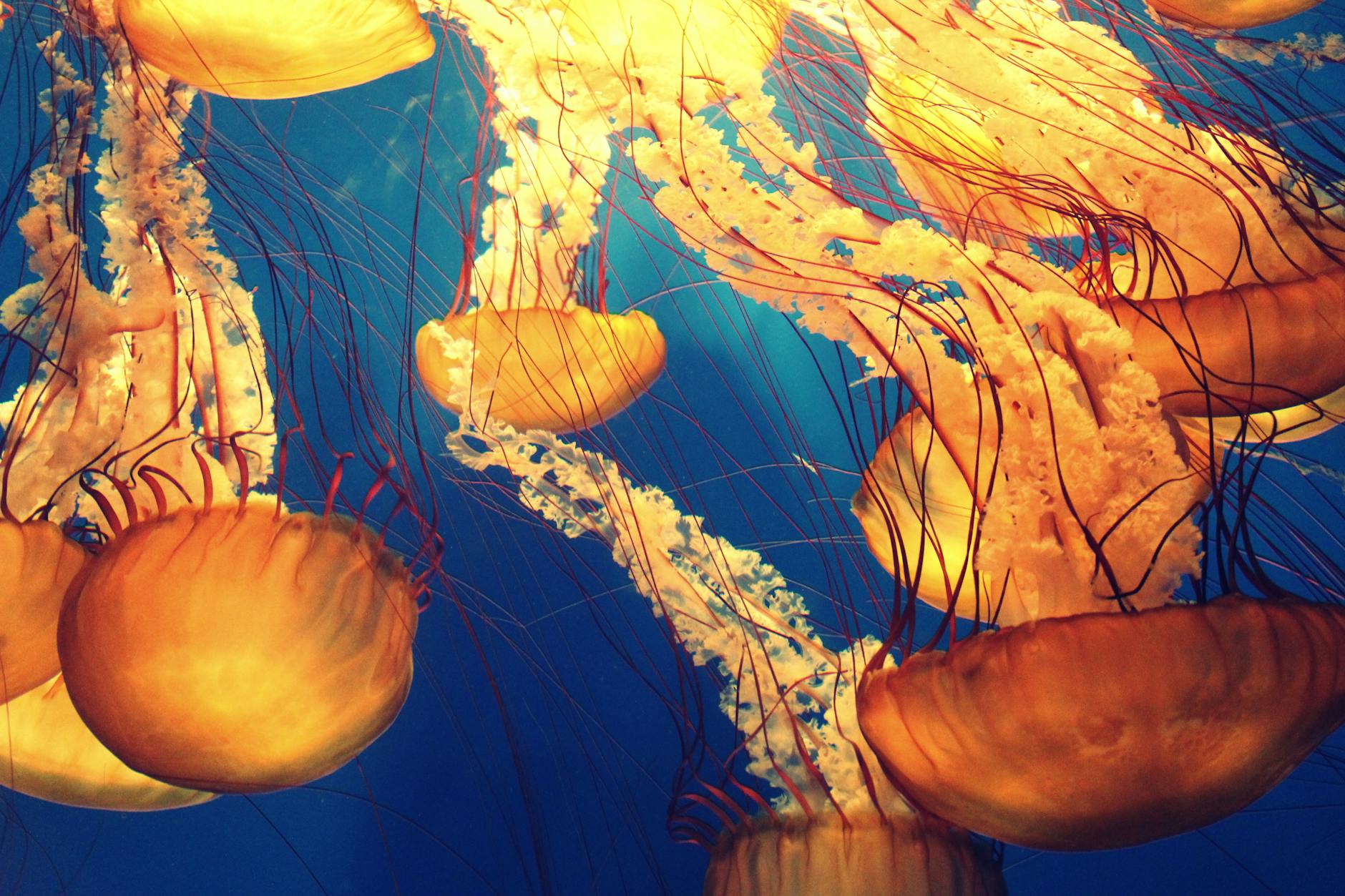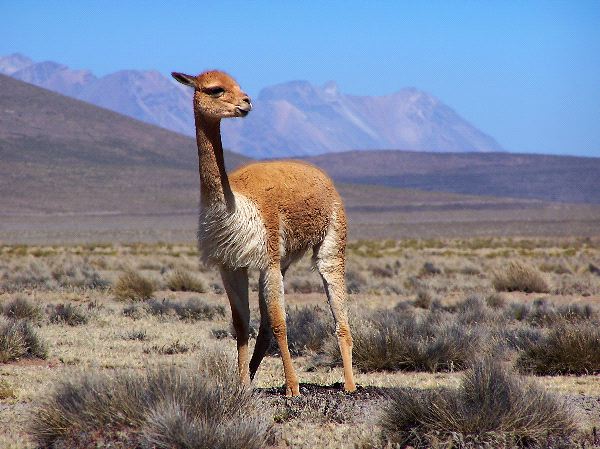
High in the windswept Andes Mountains, among glaciers, deserts, and rugged grasslands, lives one of the most graceful animals you’ve probably never heard of: the vicuña.
A wild cousin of the alpaca and llama, the vicuña (Vicugna vicugna) is a national symbol of Peru, a conservation success story, and the source of some of the most luxurious wool in the world. But this petite and precious animal nearly vanished not long ago.
Let’s meet this mountain marvel and learn why it’s one of South America’s most fascinating creatures.
What Is a Vicuña?
The vicuña is a small, wild camelid native to the high altitudes of the central Andes, mainly in Peru, Bolivia, Argentina, and Chile. It’s the smallest of all camelid species and is believed to be the wild ancestor of the domesticated alpaca.
- Height: About 3 feet at the shoulder
- Weight: 80–125 pounds
- Lifespan: Up to 20 years in the wild
What makes the vicuña stand out – aside from its slender build and large, expressive eyes – is its incredibly fine and soft wool, considered among the most valuable natural fibers on Earth.
Life at the Top of the World
Vicuñas live at elevations between 12,000 and 16,000 feet (3,600–4,800 meters), where oxygen is thin, temperatures swing wildly, and grass is sparse. Yet they thrive, thanks to:
- Specialized blood cells for absorbing oxygen
- Thick but lightweight fleece for insulation
- Sure-footedness on rocky slopes and loose soil
They feed on high-altitude grasses and shrubs, grazing during the day and resting in open areas where they can watch for predators like pumas or foxes.
Social Structure
Vicuñas are social animals that live in small family groups led by a dominant male, who protects a harem of females and their young. Bachelor males form separate herds until they’re strong enough to challenge another male for territory.
Communication happens through soft humming, snorts, and alarm calls – essential in such open, predator-prone landscapes.
The World’s Most Expensive Wool
Vicuña wool is legendary for its softness, warmth, and rarity. Each animal produces just a few ounces of usable fiber per year, and they can only be shorn once every two to three years.
- Wool is harvested during traditional community roundups called chaccus, a practice dating back to Inca times.
- Vicuñas are never domesticated, they must be caught and released.
- A single scarf made from vicuña wool can sell for thousands of dollars.
Because of this high value, illegal poaching remains a concern.
From Nearly Extinct to Protected Icon
In the 1960s, vicuña populations dropped to just 6,000 individuals, driven by hunting and competition with livestock. But conservation measures – led by local communities, governments, and international protections – have helped their numbers rebound.
Today, there are an estimated 350,000+ vicuñas in the wild, though they remain protected under international law, and their trade is carefully regulated.
Vicuña vs Alpaca vs Llama
| Animal | Domesticated? | Size | Wool Quality | Fun Fact |
|---|---|---|---|---|
| Vicuña | No | Smallest | Finest, softest | Wild ancestor of alpacas |
| Alpaca | Yes | Medium | Soft, thick | Bred from vicuñas by ancient civilizations |
| Llama | Yes | Largest | Coarser, mostly used for load-carrying | Bred from wild guanacos |
Final Thoughts
The vicuña may not roar, stalk, or soar, but it doesn’t need to. Its magic lies in its quiet beauty, resilience, and the way it dances through the clouds of the Andes like a creature from another time.
It’s a reminder that not all rare wonders are flashy – some are small, shy, and covered in golden fleece.
Fun Fact: The ancient Inca considered vicuñas sacred and only royalty was allowed to wear garments made from their wool.
More photos below ↓













Disclaimer: This blog post is for edutainment purposes only and may not be entirely accurate.

